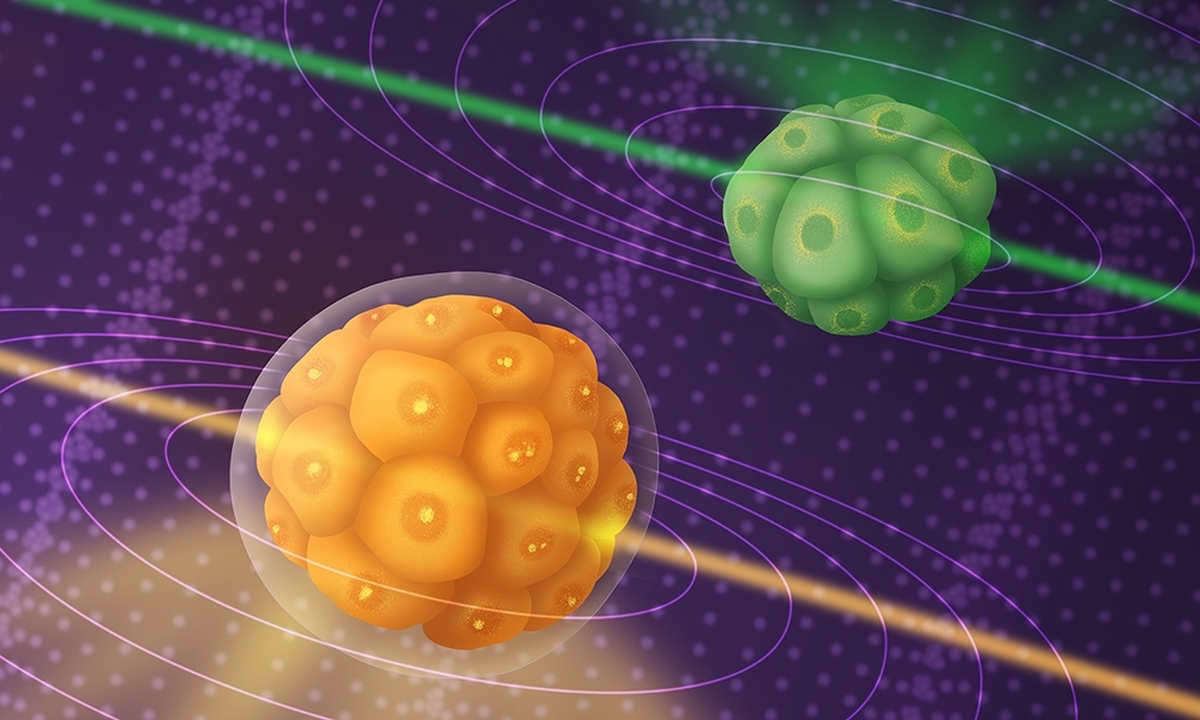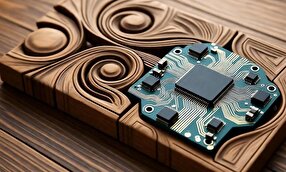Scientists Make Brillouin Microscopy 1,000x Faster

EMBL scientists previously developed a microscope using Brillouin scattering, a technique that analyzes how light interacts with natural thermal vibrations to reveal a material’s mechanical properties, the journal Nature Photonics reported.
In their latest advancement, the researchers have increased the speed and efficiency of Brillouin microscopy by approximately 1,000 times.
The upgraded technique now captures an entire 10,000-pixel plane—rather than a 100-pixel line—enabling rapid 3D imaging suitable for observing living organisms in real time.
EMBL researchers have made a major breakthrough, introducing a novel methodology that enhances microscopy capabilities for life scientists. This advancement increases the speed and throughput of Brillouin microscopy by 1,000 times, enabling more efficient imaging of light-sensitive organisms.
“We were on a quest to speed up image acquisition,” said Carlo Bevilacqua, lead author of the study and an optical engineer in EMBL’s Prevedel Team. “Over the years, we have progressed from being able to see just a pixel at a time to a line of 100 pixels, to now a full plane that offers a view of approximately 10,000 pixels.”
This technology is based on a phenomenon first predicted in 1922 by French physicist Léon Brillouin. He discovered that when light interacts with a material, it exchanges energy with natural thermal vibrations, slightly shifting its frequency (or color). By analyzing the scattered light spectrum, scientists can extract valuable information about a material’s physical properties.
Using Brillouin scattering for microscopy purposes came much later – in the early 2000s – when other technological advancements enabled scientists to measure tiny frequency shifts with high precision and sufficient throughput. This allowed them to compute mechanical properties of living biological samples. However, at that point, scientists were only able to view one pixel at a time. The process was therefore quite time-consuming, and it severely limited how the microscopy method could be used in biology. In 2022, Bevilacqua and others in the Prevedel group were able to first expand the field of view to a line, and now with this latest development, to a full 2D field of view, which also helps speed up 3D imaging.
“Just as the development of light-sheet microscopy here at EMBL marked a revolution in light microscopy because it allowed for faster, high-resolution, and minimally phototoxic imaging of biological samples, so too does this advance in the area of mechanical or Brillouin imaging,” said Robert Prevedel, Group Leader and senior author on the paper. “We hope this new technology – with minimal light intensity – opens one more ‘window’ for life scientists’ exploration.”
4155/v





















